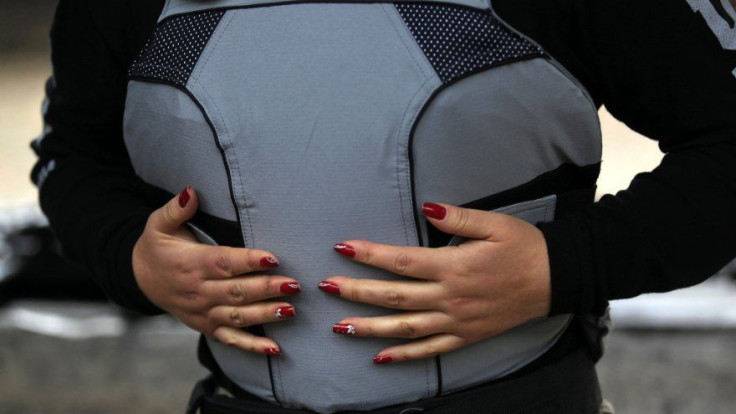Study Shows Graphene Outperforms Steel And Kevlar: New Uses For Super Material

Studies on the ultra lightweight material graphene show it is an ideal material for bulletproof vests or armor, outperforming steel and Kevlar. Tests conducted by Rice University and the University of Massachusetts-Amherst give reason to believe uses of graphene are more far reaching than previously assumed.
According to a report by Engadget, teams tested sheets of the material by firing micron-size glass bullets at 6,700 mph, a speed roughly three times faster than a M16 bullet, into layers of graphene. The tests showed the graphene was able to absorb the impact of the bullets better compared to other materials, deforming into a cone shape before cracking.
While the ballistics tests showed graphene responded well to the impact, scientists still see some issues because of its brittle nature, making it difficult to form into a solid material. The solution, scientists say, would be to create a composite that would combine graphene with something that improves the structure.
According to a report by Utah People’s Post, aside from improving armor and bulletproof vests, the tests showed the material could also have applications when it comes to batteries and fuel cells because it is proton-permeable. Proton permeability could improve hydrogen fuel cells because it can reduce the risk of fuel leaking.
© Copyright IBTimes 2025. All rights reserved.






















